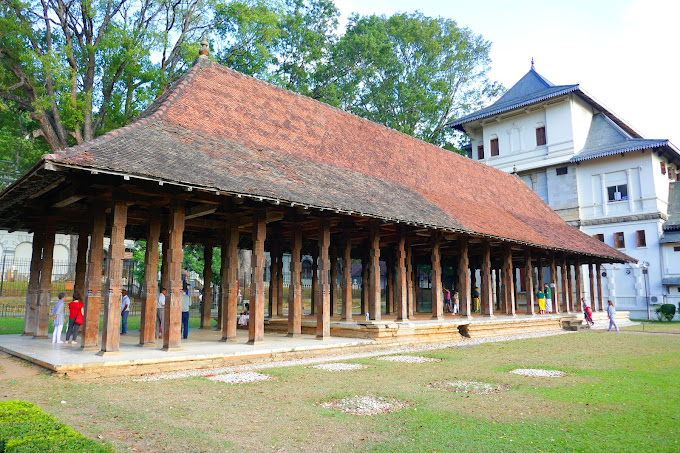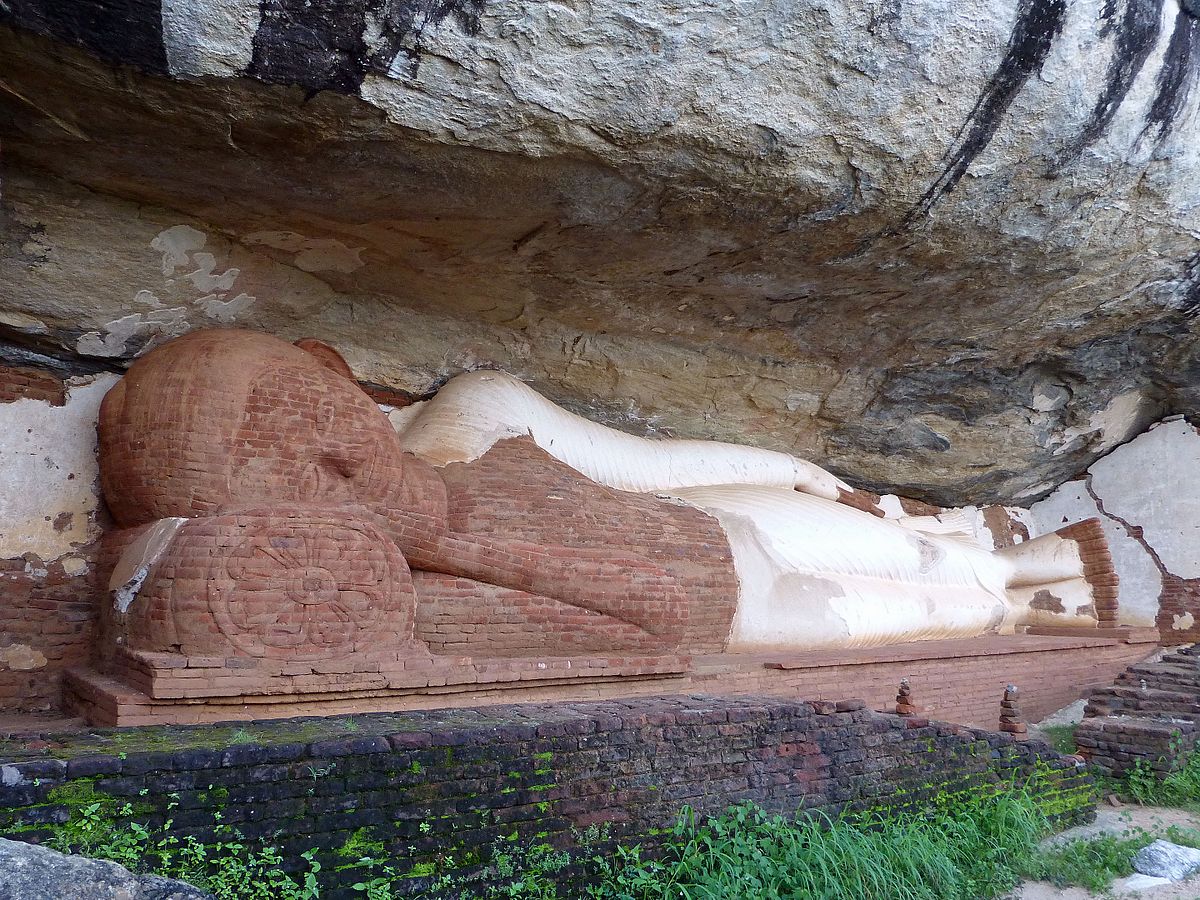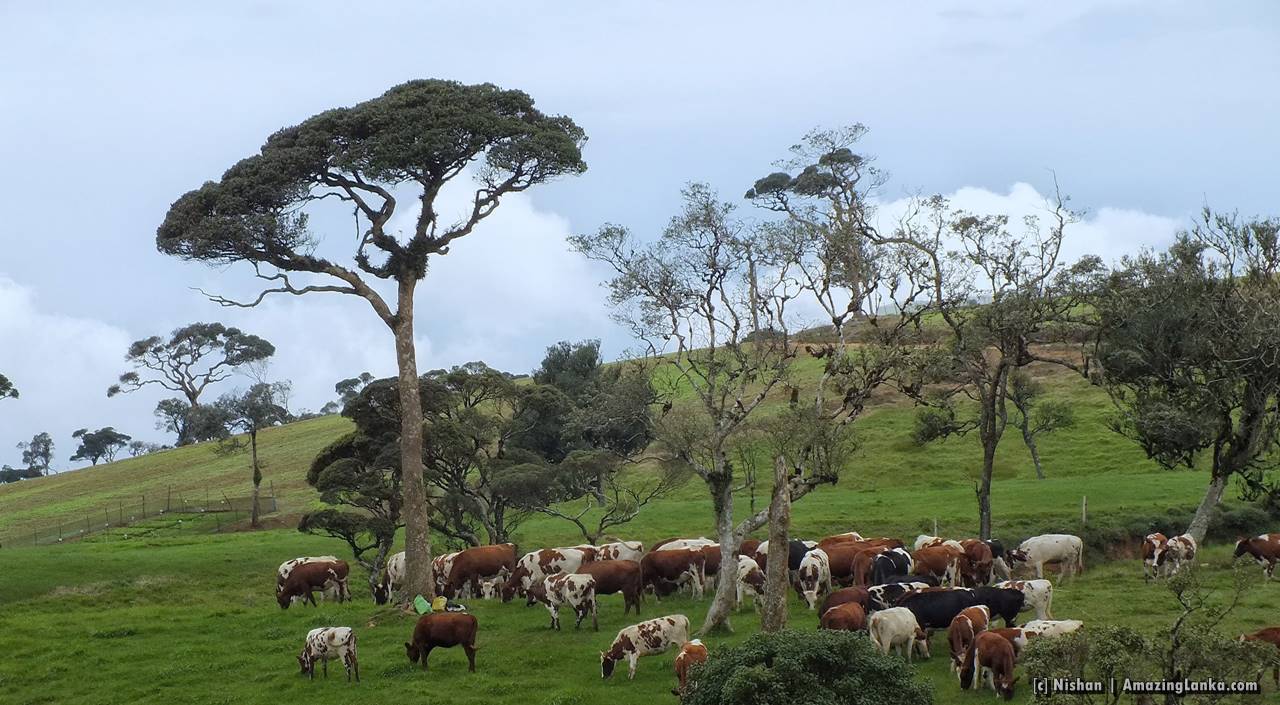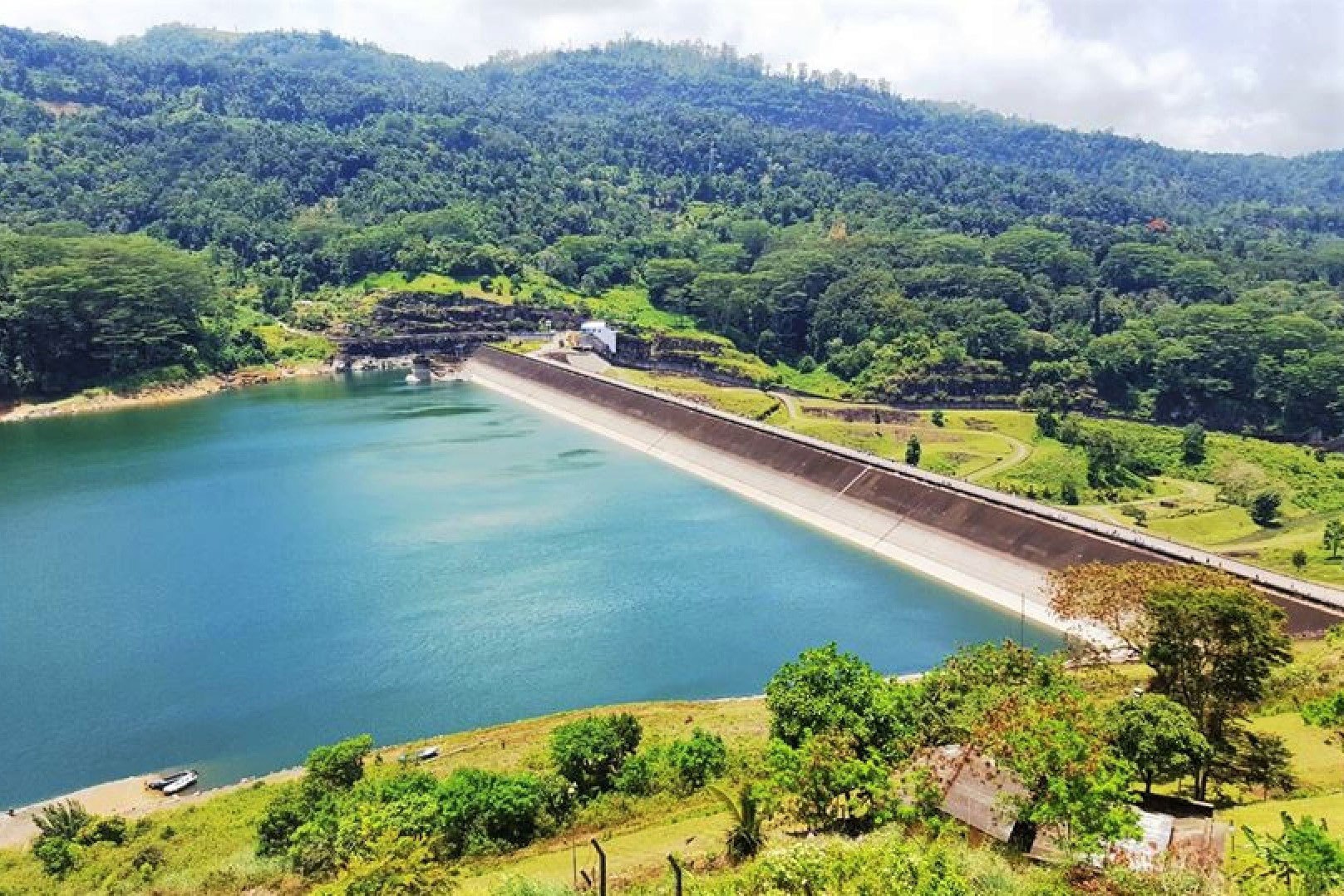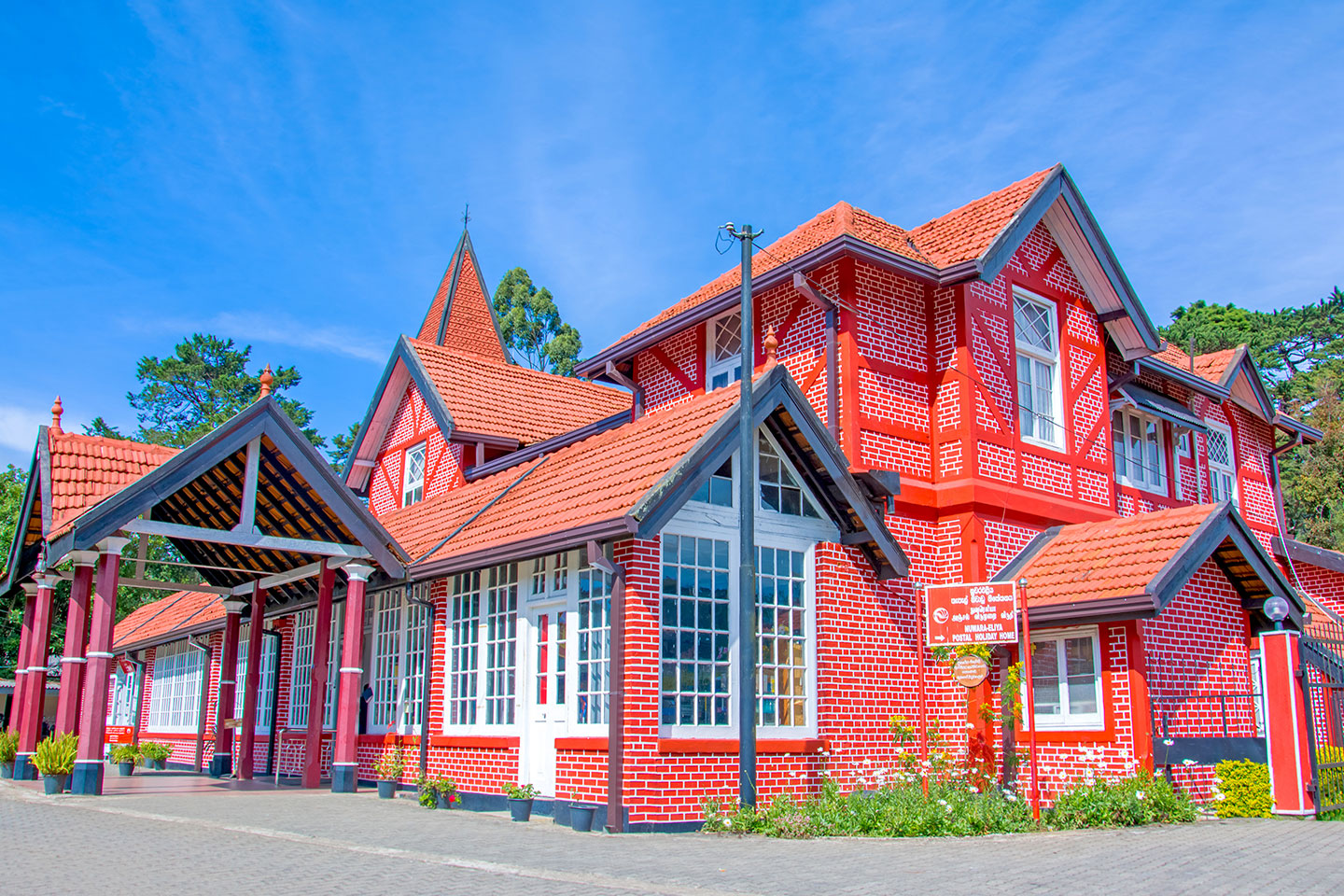Magul Maduwa is considered a highly exceptional architectural creation of upcountry and also a historical monument and furthermore as an honourable pavilion where judicial decisions were made during the Kandy era. It is located between the Dalada Maligawa and the ancient king’s palace that lies at 58 ft in length and 356 ft width towards which the measures of specifications differed due to changes of locality trying to avoid enemy invasions.
It is quite evident that it a modern creation of exceptional standard which was created by King Rajadhi Rajasinghe in 1758. It rests on 24 pillars on each side and 48 on both sides, this solemn construction predominates the rest due to its exceptional carvings at the peak of its pillars which elaborately brings forth the architectural aspects of upcountry creations that lies within.
‘Pethi Ulu’ has been greatly valued over the years even during recent times as it shows specific designs of the roofing styles of Sri Lankan traditions. It also showcases the credibility and reputation of such work of art created by upcountry architects.
In 1948 when Sri Lanka won independence from the British it was evidently believed that the Independence Square that was built in Colombo 7 as a symbol of national independence was somewhat a replica of the historical Magul Maduwa.
Hailing from eras of King Rajadhi Rajasinghe, the historical Magul Maduwa is the King’s council where the decision making of the country was being made by Prime Ministers and other Ministries. Also all judicial decisions were handed over to the King here, and it was thus considered as the Supreme Court and was also known as the Mahamaduwa.
Due to its great splendour and elegance, most royal functions were held at the Magul maduwa. In 1815, the Udarata bond was also signed here and after the insurrection in 1817 and 1818, the decision making of the death penalties which were handed down to Sinhala heroic leaders like Keppitipola and Mudugalle also took place at the Magul Maduwa. In later years, functions to welcome the Prince of Wales were also held here. Moreover, the building was considered the Supreme Court during the British rule, until the new court building was constructed.
After receiving independence from British ruling, functions of high standards involving the Royal leader were held here – especially the Asgiri – Malwatte (both sections) and credential award ceremonies of mahanayakes were also held at the building.
The Mahawesala which narrates the meaning of the word ‘where the King resides’ was known similarly during the Polonnaruwa era. This palace lies north of the Dalada Maligawa and is built in an oblong shape (in 1592-1604) when the era of Kandy was initiated by King Wimaladharmasuriya.
Ulpange (Biso Maligawa) :
From east side of the aluth maligawa and west side of the new museum of the Dalada Palace the building with low roofing is considered the Biso Maligawa. The lower section is known as the palle wahala and was the location of the king’s harem.
Biso Maligawa was closely located to Maliban Street where most of the last King’s relatives resided. Ulpange is built on the border of the Kandy Lake by King Sri Wickrema Rajasinghe in 1806 for bathing purposes of his wives, and is a 2-storied construction, with architectural aspects belonging to the Kandyan era. The upper floor was made for changing of clothes and the ground floor for bathing, swimming and water play. The upper floor buildings are currently being used as the Police Security office of the Dalada Maligawa.
